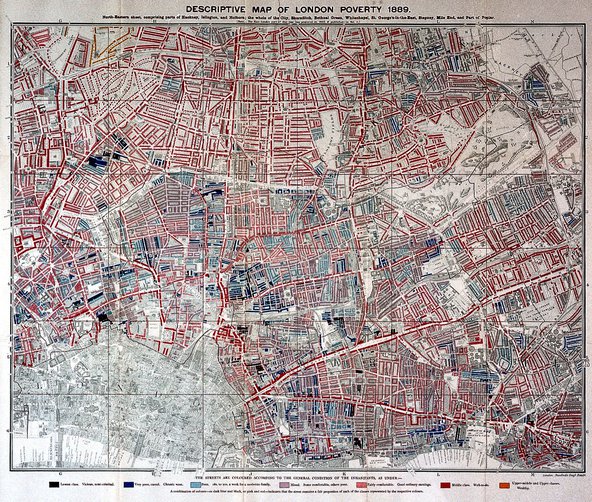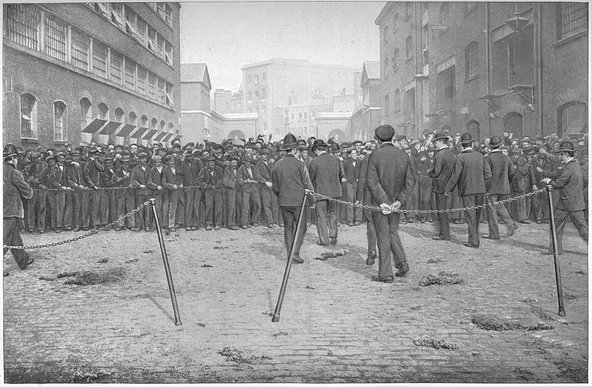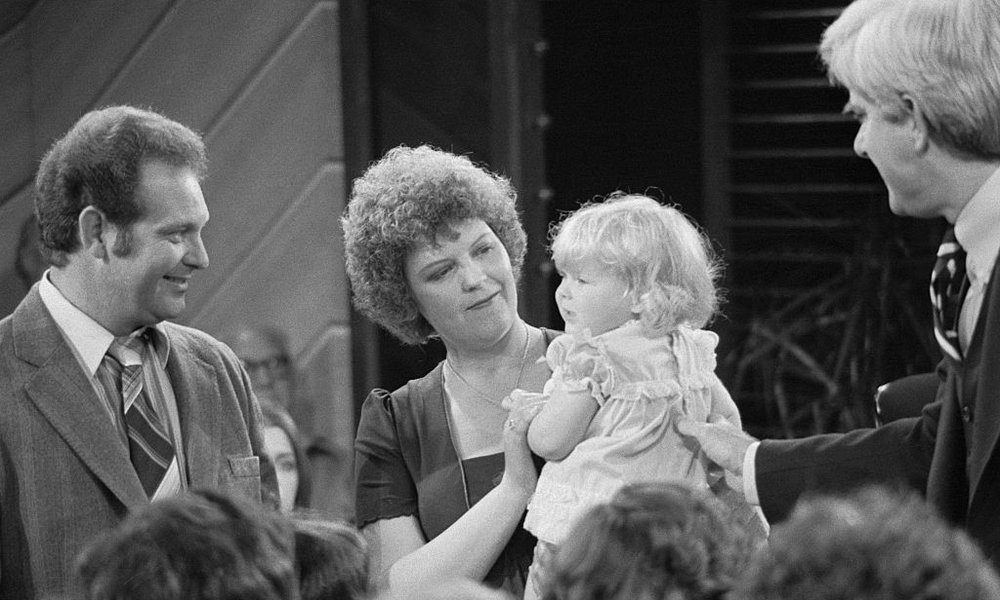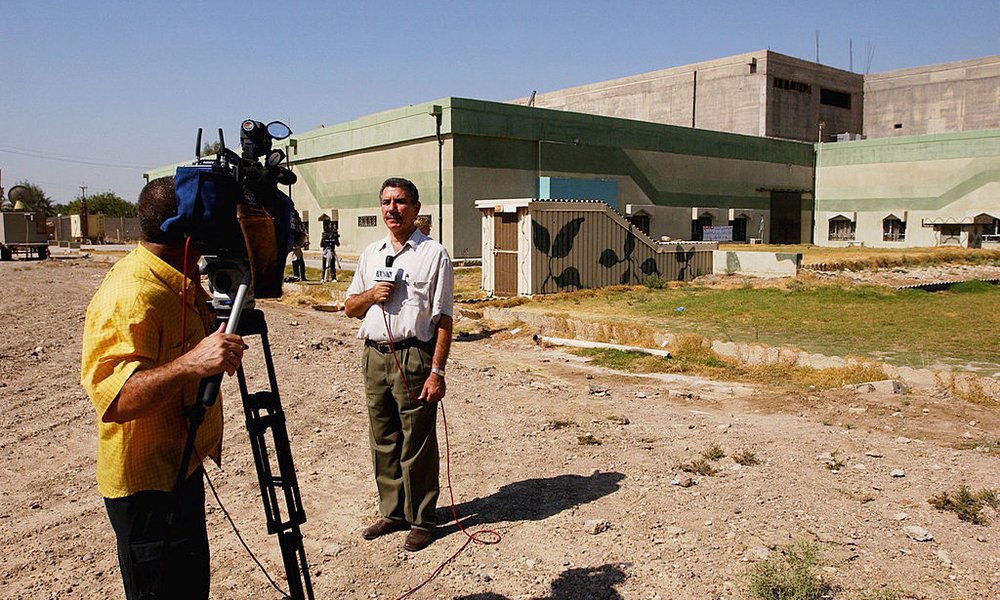Four million British workers are now living in poverty, according to a report by the Joseph Rowntree Foundation (JRF), a figure that has risen by over half a million compared with five years ago. Since the government’s introduction of Universal Credit – replacing six benefits with one single monthly payment – rough sleeping and demand at food banks have risen. This is less of a ‘turning-point’ for poverty in the UK than a re-turning point. Surveying British history since the 20th century for my recent book Divided Kingdom. A History of Britain, 1900 to the Present, my most shocking discovery was that the extent and causes of poverty were much the same now as in 1900. Charles Booth’s massive survey of social conditions in 20th-century London found that about 30% of Londoners lived ‘in poverty or in want’.

London had a complex economy which attracted needy people and its conditions were perhaps exceptional. Sociological researcher Seebohm Rowntree later surveyed poverty in York, which he reckoned was a typical English town so might better signify conditions across the country. He was horrified to discover that 28% of York’s population were in ‘obvious want and squalor’. Other surveys in town and countryside before 1914 produced similar findings. Booth and Rowntree found the greatest cause of poverty was not, as often believed, feckless shirking by the irresponsible lower classes, but low pay for full-time work, or inability to get regular work despite best efforts.
Introduction of the Welfare State
This poverty caused such shock that it led to the first measures of what became the Welfare State: free school meals in 1906, old age pensions in 1908, National Health Insurance and Unemployment Insurance in 1911. Expanding state welfare and government measures to create secure, better-paid employment reduced poverty and inequality, especially post-1945, driven mainly by Labour governments, though it was never eliminated. Income and wealth inequality were narrowest of the whole period since 1900 in the 1970s. Contrary to popular denigration of the 1970s, this was also when the range of state welfare benefits and services reached its peak and there was no evident shortage of affordable housing to rent or buy. Poverty then shot up under the Thatcher governments of the 1980s – about 13% of children in Great Britain (and of course their families) were in poverty in 1979 and 22% in 1990. It declined halfway to the 1979 level under New Labour before rising again since 2010.
The housing crisis and rise in poverty since 2010
The JRF found 20% of the UK population in poverty in 2015-16, 60% in households that included an inadequately paid worker. The Child Poverty Action Group estimated that 30% of children in the UK (4.1 million) were in poverty in 2016-17 and 67% were in households with at least one full-time worker. The Institute for Fiscal Studies (IFS) supports this, stressing regional variations: in 2016-17 24% of children in Scotland were in poverty and 37% in London, the difference driven mainly by housing costs. As around 1900, there is much poverty in London, overlooked when Londoners are accused of being out of touch with the realities of British life. The Resolution Foundation makes similar estimates, stressing high housing costs as the cause of poverty ‘perhaps more so than at any time in the past’. Since the massive sale of council houses under Thatcher, the supply of ‘affordable’ housing has dwindled, and too many people are homeless or live in damp, overcrowded, poorly maintained properties, reminiscent of the 1900s. New Labour did little to improve housing supply. These and similar recent findings by the Social Metrics Foundation have been strongly supported in a recent report by Philip Alston, the UN Special Rapporteur on Extreme Poverty and Human Rights, clearly horrified to find such conditions in the fifth largest economy in the world.
Fourteen million people, a fifth of the population, live in poverty. Four million of these are more than 50% below the poverty line, and 1.5 million are destitute, unable to afford basic essentials.
– Professor Philip Alston
Of course, comparing measurements of poverty over very different times is difficult. Contemporary researchers use a different measure in a much wealthier country today compared with 1900. The concept of ‘relative poverty’, defined as having income below 60% of national median income, has been widely adopted internationally in preference to measures of severe destitution because the life chances of people living above the level of destitution but so far below the average standards of modern high-income societies are severely restricted. They have lower life expectancy, poorer health, lesser educational and work opportunities. Recent UK surveys exclude the large and growing number of homeless people living rough on the streets or in hostels. The National Audit Office estimates that the numbers of officially homeless are up 60% since 2010 and rough sleepers are up 134%. In 2017/18 the Trussell Trust gave out 1.3 million emergency food packages. The increase in homelessness and the growing use of food banks call into question how many people are living in absolute destitution.
‘Gig economy’ in the 1900s and now
The government denies these alarming statistics and boasts of rising employment, but ignores the fact that it is often precarious and/or poorly paid. A serious cause of poverty, now as in 1900, is the growing numbers of people earning low pay in insecure employment, as employers evade the minimum wage and other obligations by imposing fake self-employment and insecure contracts; the ‘gig economy’, as it is known. Similar insecure ‘underemployment’ was a major concern of William Beveridge after he encountered poverty in East London in the early 1900s, particularly dock workers clustering at the dock gates each morning.

They were never sure of how many hours of work, if any, they would get and rarely got a full week’s work as employers took advantage of the numbers desperate to work to feed their families. Beveridge became convinced that only state intervention could regulate the labour market, reducing poverty by ensuring regular work at a decent pay. As a first step, he persuaded the government to introduce Labour Exchanges (now Job Centres) in 1909, providing information about permanent job vacancies for the first time and positive advice on work and training to school-leavers and the unemployed, enabling escape from casual labour. Beveridge continued to press governments to ensure a fair labour market, most successfully when the post-1945 Labour government achieved full employment for the first time. The problem then receded until the market was deregulated in the 1980s. New Labour reverted to Beveridge-type principles, but since 2010, the ‘gig economy’ has grown continuously.
The impact of Universal Credit
The IFS also emphasises the impact of the 10% fall in the value of benefits and tax credits to working families since 2010. The substitution of Universal Credit for many benefits, and the slowness and complexity of its roll-out causing long delays in payment, is increasing poverty and likely to do so further in the future. The government argues that Universal Credit increases incentives to work, just as administrators of the 19th-century Poor Law justified low, punitive benefits as essential correctives to the innate idleness of the poor. Awareness that the Poor Law perpetuated poverty by driving people into low-paid work, damaging society and the economy, was among the early pressures for state welfare. Thereafter, state action brought sustained improvement. Since the 1980s, ‘rolling back’ the state and welfare has returned us to a situation sadly like the 1900s.
Professor Pat Thane FBA is Research Professor in Contemporary History, Kings College, London. Her book Divided Kingdom. A History of Britain, 1900 to the Present explores the political, economic, social and cultural changes which have divided the nation and held it together, and how these changes were experienced by individuals and communities.


